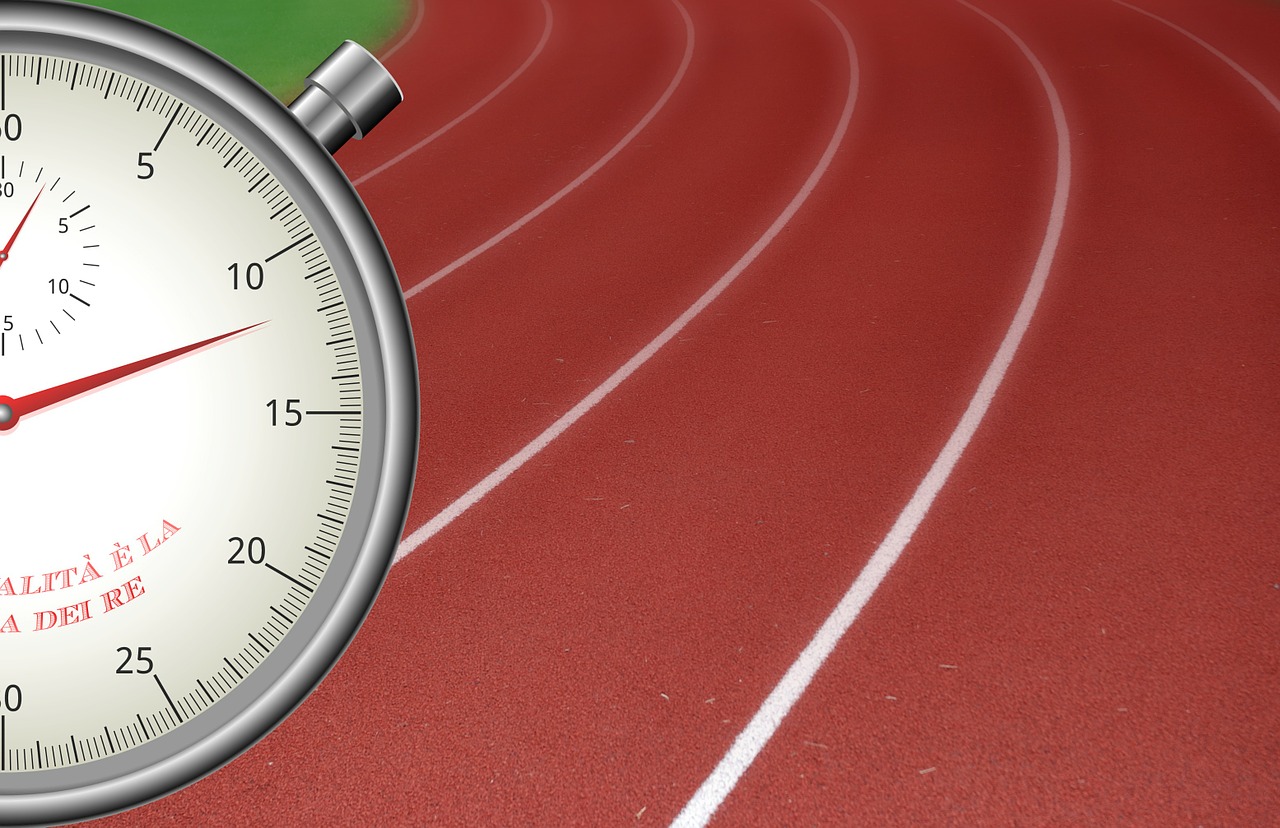Imagine Training For A 220 Yard Dash Without A Stop Watch
Without a stop-watch athletes and coaches are sunk. There is no way to tell if a particular method of training is working. In short, no stopwatch, no feedback, No correction, no success! And this is where so many struggling with rehab for knee replacement go wrong.
Patients need a “stopwatch” for knee replacement training, because feedback loops are critical for any successful endeavor.
The type of feedback needed in recovery for a knee replacement is relative improvement in knee range of motion available with every session, not “verbal encouragement” like, “Doing well” or “Keep it up.
Feedback loops signal when work has been hard enough to make progress and when it has not, allowing for course corrections that save valuable time and effort. It will also yield critical information about overtraining.
This principle has been tested and proven in a multitude of disciplines and needs no outside endorsement. It does however need to be applied adequately to the challenge of rehab after a total knee.
Traditional Feedback
Traditionally, feedback after a knee replacement is intermittent in the form of a therapist using a device called a goniometer to measure the knee range of motion, daily at first, then dropping to several times a week. In other words, the average patient is in the dark trying to determine whether each session is effective or not. 
Patients might have some vague sense that they are better one day to the next as noted by the stiffness in their knee, but no hard, fast evidence.
The “No Days to Waste” 7 Point Stretching system includes measurement techniques that can be easily taken by the patient without the need for a therapist to be present. Patients are encouraged to see visual progress toward goals and get re-energized to continue working hard to obtain them.
Conversely, when they start to deviate from the program and lose traction, they are instantly alerted to the lack of progress. No more wasting days of recovery on poor technique and ineffective exercise.
Fool Proof System
Patients come to trust the system as they witness range of motion improve at a predictable 2-3 degree per day. The feedback loop is also invaluable in driving home the all-important emphasis about frequency. When frequency dips below 4x/day, patients have to work all that much harder next session to get back to baseline. They quickly realize that this is ultimately self-defeating.
When a goal involves some level of discomfort, it is easy to fool oneself into believing a particular effort was enough to achieve success. With the “No Days to Waste” Program, the guesswork is removed and steady progress maintained. No more overconfidence or cutting corners.
Already know you want a fast start on your recovery?
If you missed the first video Go HERE
Watch Part Three in this series where you will learn why traditional stretching methods could prolong your recovery!
Watch Part Four of the Video Series: Is the Rehab Industry Being Honest About the Effectiveness of Their Treatment Methods

